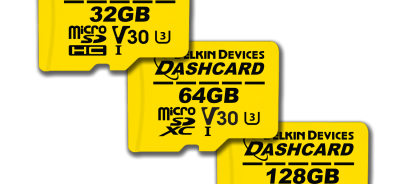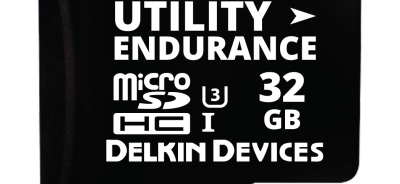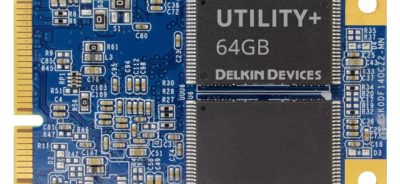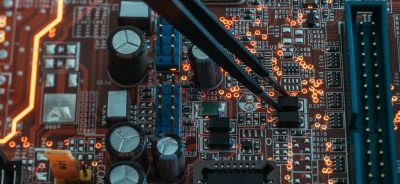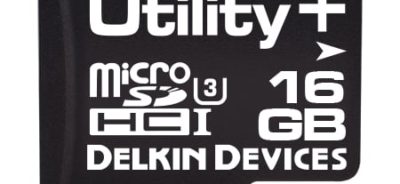Understanding PseudoSLC (pSLC)
Pseudo NAND (pSLC) technology is the latest cutting-edge solution in NAND flash storage. It uses controller/firmware to make TLC and MLC NAND flash cells behave like an SLC NAND cell by storing just one bit of data per cell on the triple cell or multi-cell cards. This serves to improve the performance and longevity of the die, but reduces its storage capacity. Delkin Devices leads the industry in world-class industrial embedded OEM application flash memory solutions and SSDs, including pseudo-single level cells (pSLCs).
What Is a Pseudo-Single Level Cell (pSLC)?
Pseudo-single level cells offer a way to use NAND technology with multi-level cell structures, like TLC, MLC, and SLC in order to reduce the amount of bits stored per cell down to one bit. This is similar to that of an SLC NAND cell. For example, a TLC flash that stores three bits per cell is its standard, but if you set it into pSLC mode, the stored bits will be reduced down to one. As such, the TLC flash will behave as if it were an SLC card. This way, the TLC cell will have boosted reliability and longevity, while still providing the low-cost benefits of TLC technology.
The Pros and Cons of pSLCs
Pseudo-SLC technology comes with its own unique set of benefits and drawbacks. Ultimately, you’ll have to assess the most pressing needs of your application to determine if pSLC-based solutions are right for your particular project. For example, SLC-based solutions are excellent when it comes to performance and cost. However, they do entail some disadvantages that aren’t usually associated with SLC-based solutions. These include price elasticity, frequent die/controller revisions, and supply chain instability.
Some pSLC Mode pros include:
- They’re highly cost-effective compared to standard SLCs, resulting in a significantly lower cost-per-bit.
- pSLC mode provides “tweener” longevity and performance between MLC, TLC, and SLC architectures. In other words, it can offer the best of all worlds, but with some trade-offs.
Meanwhile, the cons of pSLC include:
- pSLC features lower performance and longevity (P/E cycles) than their standard SLC counterpart.
- While operating in pSLC mode, you’ll sacrifice the total capacity of the native die to gain greater P/E cycle endurance.
- There are slower operations and a lower write endurance when using 3D pSLC solutions
- As TLC, MLC, and QLC are the typical die architectures, the pSLC packaged NAND solutions will experience industry pitfalls, like allocation shortages, price fluctuations, and frequent die/controller revisions equating to frequent part number changes and revisions.
Weighing the capacity delta:
- pSLC mode can be used on all multi-level cell technologies. While on pSLC mode, NAND technology will shrink by the following:
- MLC NAND capacity: 50%
- TLC NAND capacity: 66.6%
- QLC NAND capacity: 75%
Understanding pSLC Within the 3D NAND Evolution
Pseudo technologies have already existed in the 2D planar form, but the architecture didn’t properly support OEM forms. 2D NAND flash has existed for over 20 years; however, its cells could only store data in a planar side-by-side fashion. Thanks to higher 3D TLC density starting points, the extra operating capacity provides more pSLC options with 3D technology, creating a viable option for industrial applications.
Before 3D NAND technology existed, 2D SLC and MLC featured die shrinks and controller/firmware divisions that, while they were tough to handle, experienced minimal low-end capacity extinction. After the creation of 3D NAND, the technology shifted from die revision changes to cell layer changers stacked in a vertical matrix, which was able to hold much more storage. It also made 2D SLC irrelevant thanks to its massive spike in density with like P/E cycles. Plus, as industrial applications adopted the 3D TLC technology, it created a density gap between the outdated 2D SLC models.
The Tradeoffs between Overprovisioning, TLC, and SLC
Ultimately, customers should accurately weigh the tradeoffs between the two NAND technologies to determine what suits their application best. While the increased minimum storage density reduces the cost-per-bit, the cell architectures storing multiple bits within a single cell will experience more precise demands on the write and read process, making the TLC and QLC flash cards operate slower than SLC flash cards. Additionally, the cell architectures feature a lower write endurance.
Customers who don’t require the high-end capacity, full program and erase cycles, reliability, and durability that SLC provides should then opt for pSLC. To avoid the feeling of forced migration, pSLC products offer a stair-stepped migration option.
Meanwhile, overprovisioning addresses the issues that resulted due to NAND degradation over time. It also improves the SSD background operation performance on such functions as garbage collection and wear leveling. By setting aside the SSD capacity to use background functions, overprovisioning prevents NAND degradation. But while an overprovisioned SSD experiences increased endurance, a pSLC NAND device will feature far greater endurance levels.
Unsure if pSLC products are the right fit for your industrial embedded application? Contact Delkin’s knowledgeable customer support team today to learn more.
ORDER DELKIN INDUSTRIAL FLASH STORAGE TODAY through our distribution partners:
For Europe Contact Our Partner Farnell
 Login
Login Register
Register



